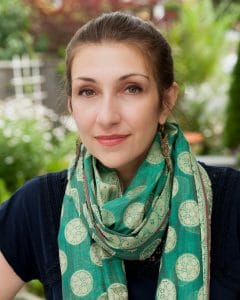Peace, social justice, and diversity, equity, and inclusion are all intricately connected. In a society wracked by racism, violence, prejudice, and political upheaval, these traits are sorely lacking, although there are stringent efforts underway to resolve conflict.
Psychology classes at Clark University in Worcester, Mass. although not strictly called peace psychology, address social justice issues through a diversity, equity, and inclusion lens. Johanna Ray Vollhardt, Ph.D, associate professor in the psychology department, indicated that DEI encompasses several important areas, including mental health disparities, racism, prejudice, power, and collective action.
DEI has become an overarching theme across the country in academic instituti...

